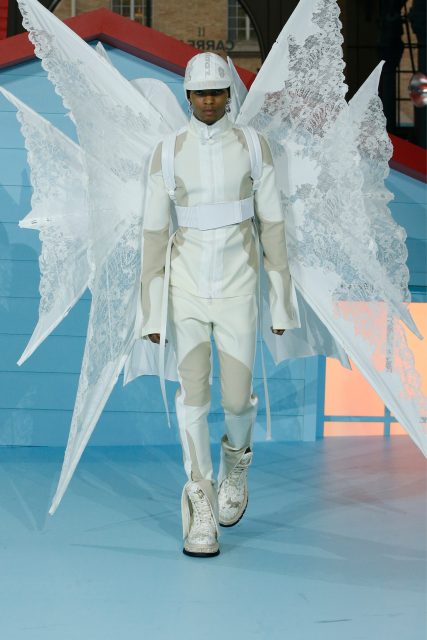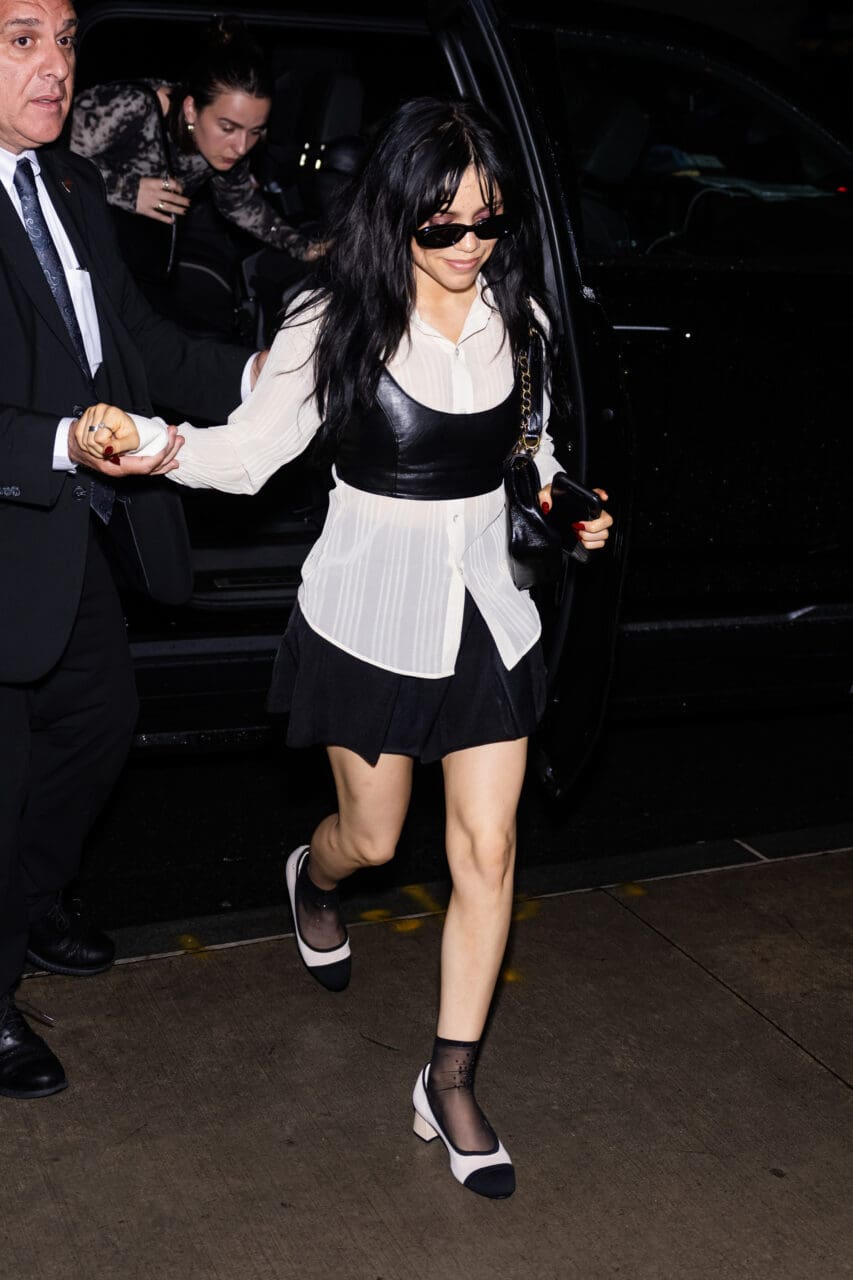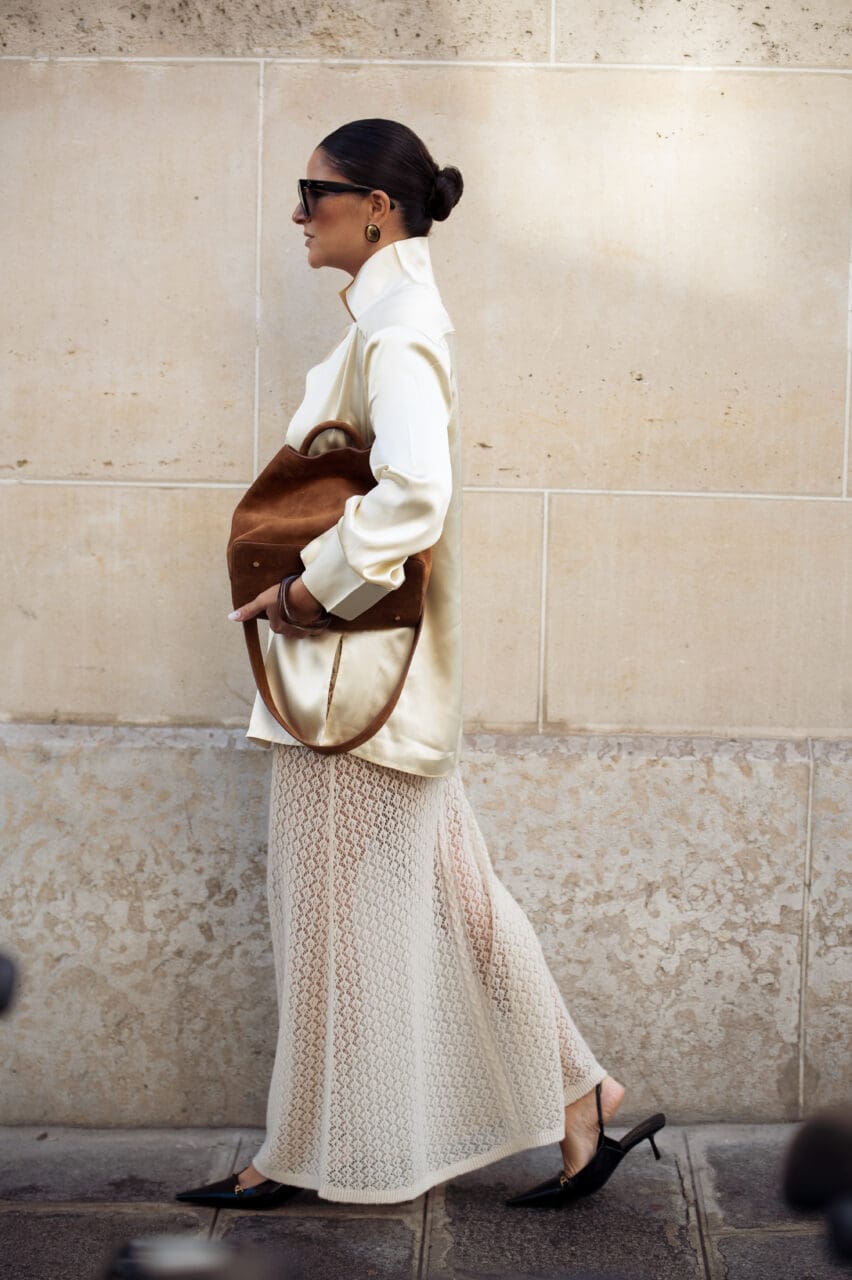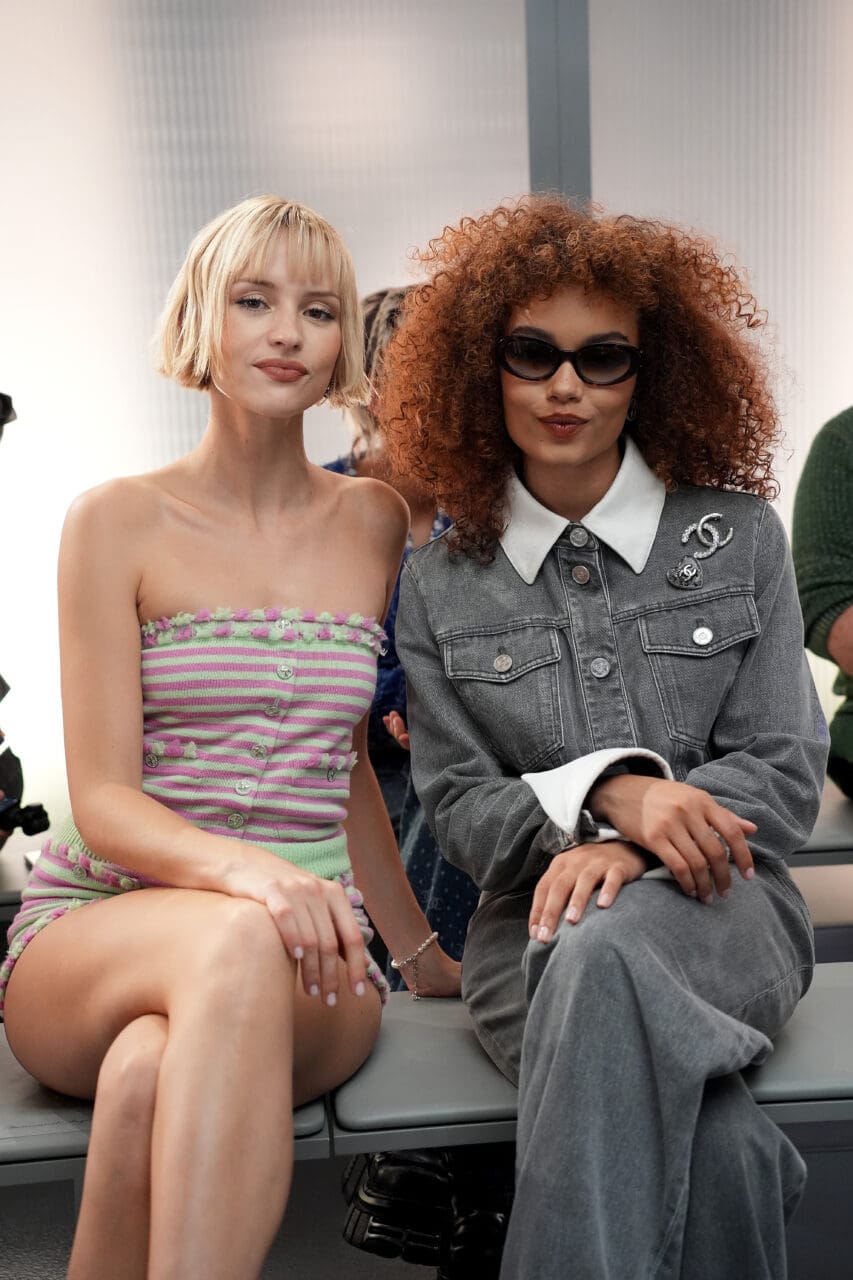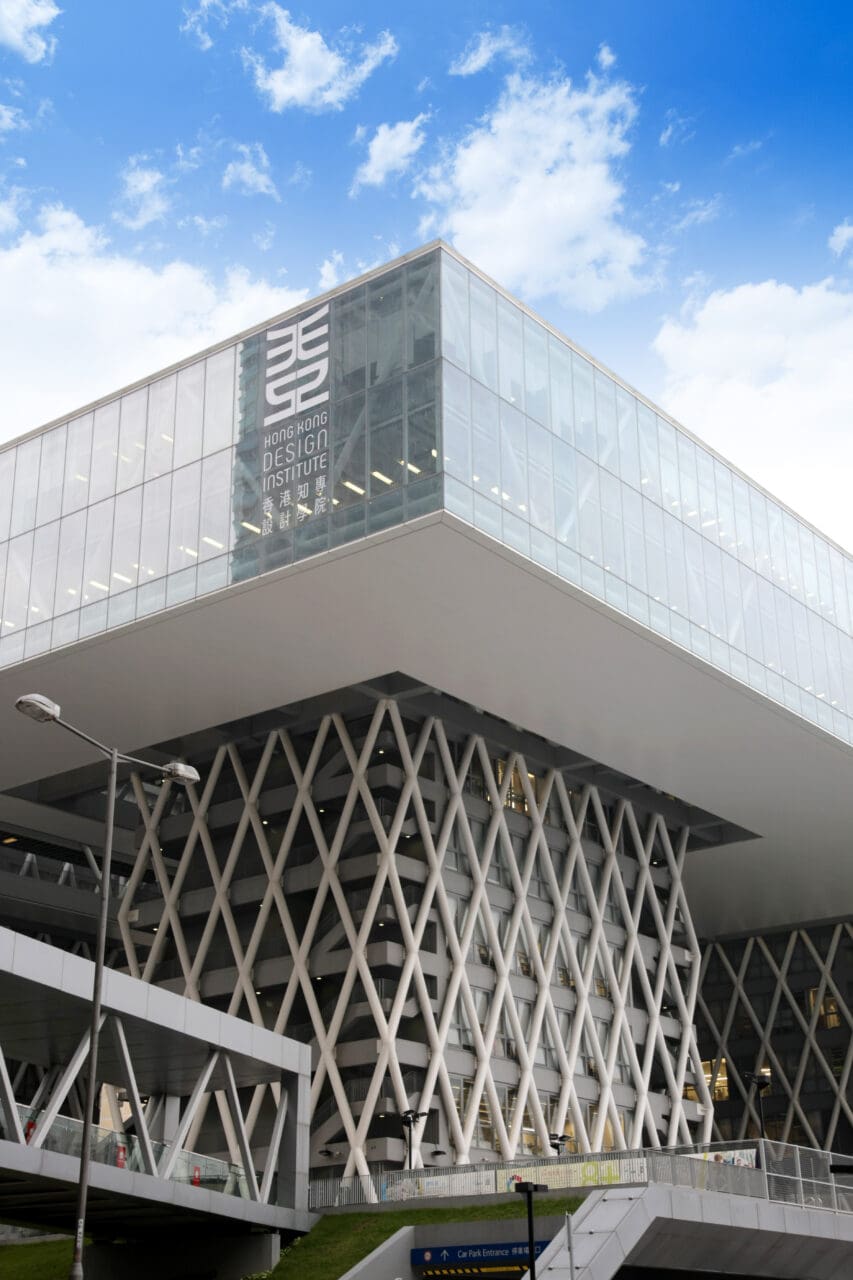“Nigo’s first show for the storied Parisian maison was devoted to fusing Takado’s heritage with his own street-born design sensibility,” writes British Vogue’s fashion critic Anders Christian Madsen. Below, five key takeaways from Kenzo’s autumn/winter 2022 show.
Nigo is the godfather of streetwear
I Know Nigo is the upcoming album of Kenzo’s new artistic director, Nigo. He’s curated it with new material from the likes of A$AP Rocky, Kid Cudi, Pharrell Williams, Tyler, the Creator and Lil Uzi Vert, and it served as the soundtrack to his first show for the house on Sunday morning in Paris. As artists with roots in hip-hop, these guys view the designer as a godfather of the clothes that define their roots. Those clothes are popularly referred to as ‘streetwear’ but these days, a more appropriate term would be ‘lifewear’: the urban wardrobe most of us subscribe to on a daily basis anno 2022. So, when those artists can say “I know Nigo,” it’s like saying they know the holy grail. Many of the album’s artists were in attendance, as well as Kanye West.
It was Nigo’s first collection for Kenzo
Nigo founded A Bathing Ape in 1993 and left the brand in 2013. He co-founded his best friend Pharrell Williams’ label Billionaire Boys Club, and now designs the esoteric Human Made, known for its childlike animal graphics. In recent years, he’s collaborated with Virgil Abloh – who considered him a mentor – on the Louis Vuitton line LV2 before LVMH, which owns both Louis Vuitton and Kenzo, made him artistic director of Kenzo in September 2021. He is the first Japanese designer to front Kenzo since its founder Kenzo Takada, who died in 2020, left the house in 1999. And Nigo’s first show for the storied Parisian maison was devoted to fusing Takado’s heritage with his own street-born design sensibility.
Nigo fused his own practice with Kenzo’s heritage
Nigo was born in Japan in 1970, the same year Kenzo Takada opened his first store, Jungle Jap, in Galerie Vivienne. His first-ever show took place in the arcade the same year. Five decades on, as a sign of respect for the founder’s legacy, Nigo chose the same stage for his first Kenzo collection. It was a demonstration of awareness, both of the house’s heritage and of the fashion climate we live in where clothes like the ones Nigo designs are gold to high fashion. He exercised his understanding of the garments that fill a modern-day wardrobe in classic sportswear and military tropes (varsity, bomber and aviator jackets), workwear (utilitarian uniforms, denim, shirt dresses), and casual tailoring (relaxed suits in washed cloths). Then, he imbued those things with the spirit of Kenzo Takada.
It was a meeting between Paris and Japan
White graduation coats were printed with Takada’s sketches, utilitarian garments carried the founder’s delicate poppy print as a gesture of what Nigo called “impractical workwear” (bringing a uniform meant for manual labour into a fashion context), and chunky hyper-graphic knitwear referenced the snood-like collars of Takada’s silhouette. Nigo grew up in Japan amidst the country’s revival of 1950s’ Americana and British subculture. He owns a warehouse-sized collection of original mid-century pieces – from US Army to Savile Row – that inform his designs. Many of the garments in his Kenzo collection took inspiration from this background, including beautiful reversible bomber jackets, one side embroidered with a map of Japan on kimono silk, and the other side embroidered with a map of France on heritage wool.
Nigo introduced Japanese workwear
Nigo is a master of what you might call a contemporary global wardrobe: Western-inspired garments and accessories now worn widely across cultures. But his Kenzo debut also proposed some distinctly Japanese constructions as a fresh breath of cultural air to that wardrobe. ‘Samue’, the workwear worn by Japanese potters, inspired bib-like tops with kimono-like structures. (Nigo is learning ‘Aka-e’ pottery, and used his teacher Fujimura Shuji’s hand-painted decorations as prints in the collection.) Wrap coats were informed by ‘hanten’, while traditional denim pieces were infused with the lines of traditional Japanese dressmaking. The result was an inimitably authentic collection, hugely respectful of Takada but also of the kind of clothes it takes to push his Parisian house of happiness into the future.
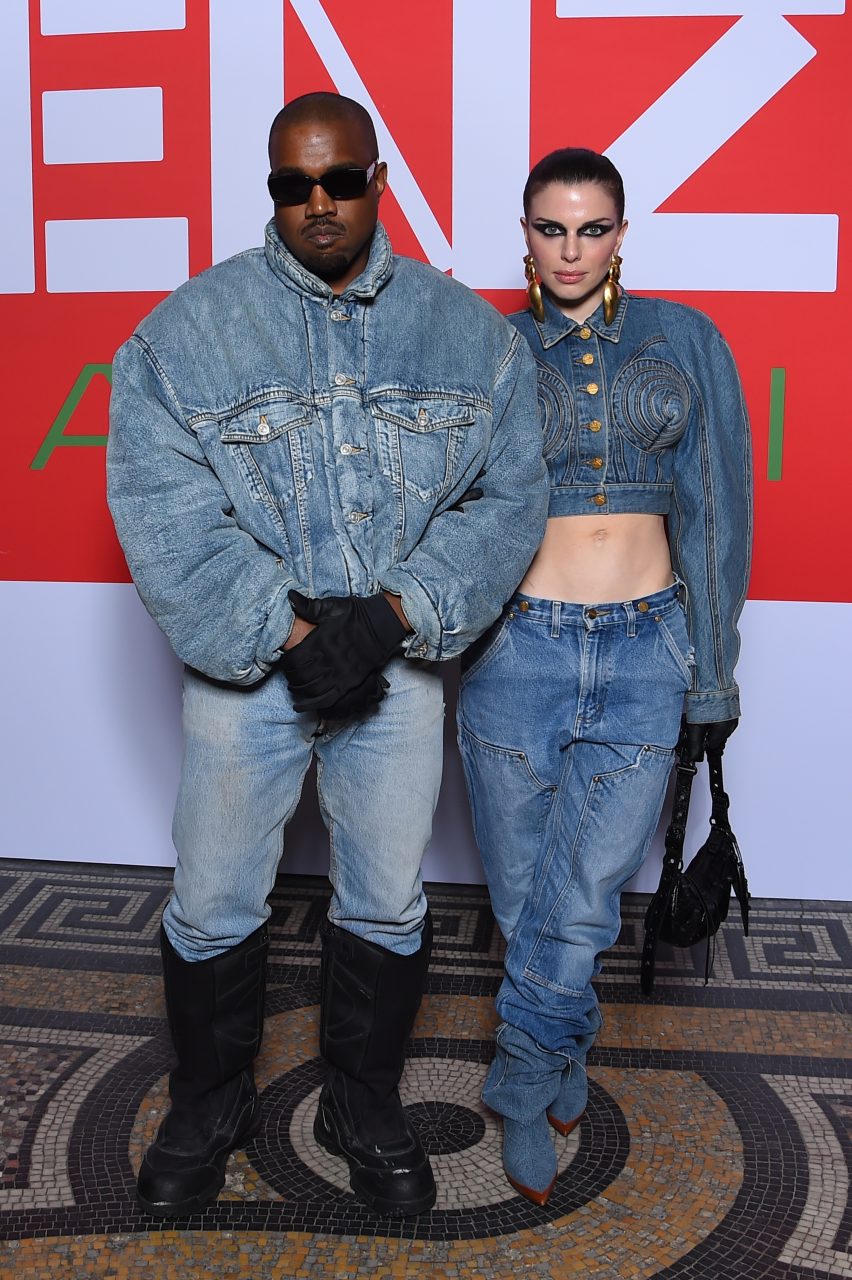
January 23, 2022 Kanye West and Julia Fox attending the Kenzo Fall/Winter 2022/2023 show as part of Paris Fashion Week
Photo: Stephane Cardinale - Corbis/Corbis via Getty Images
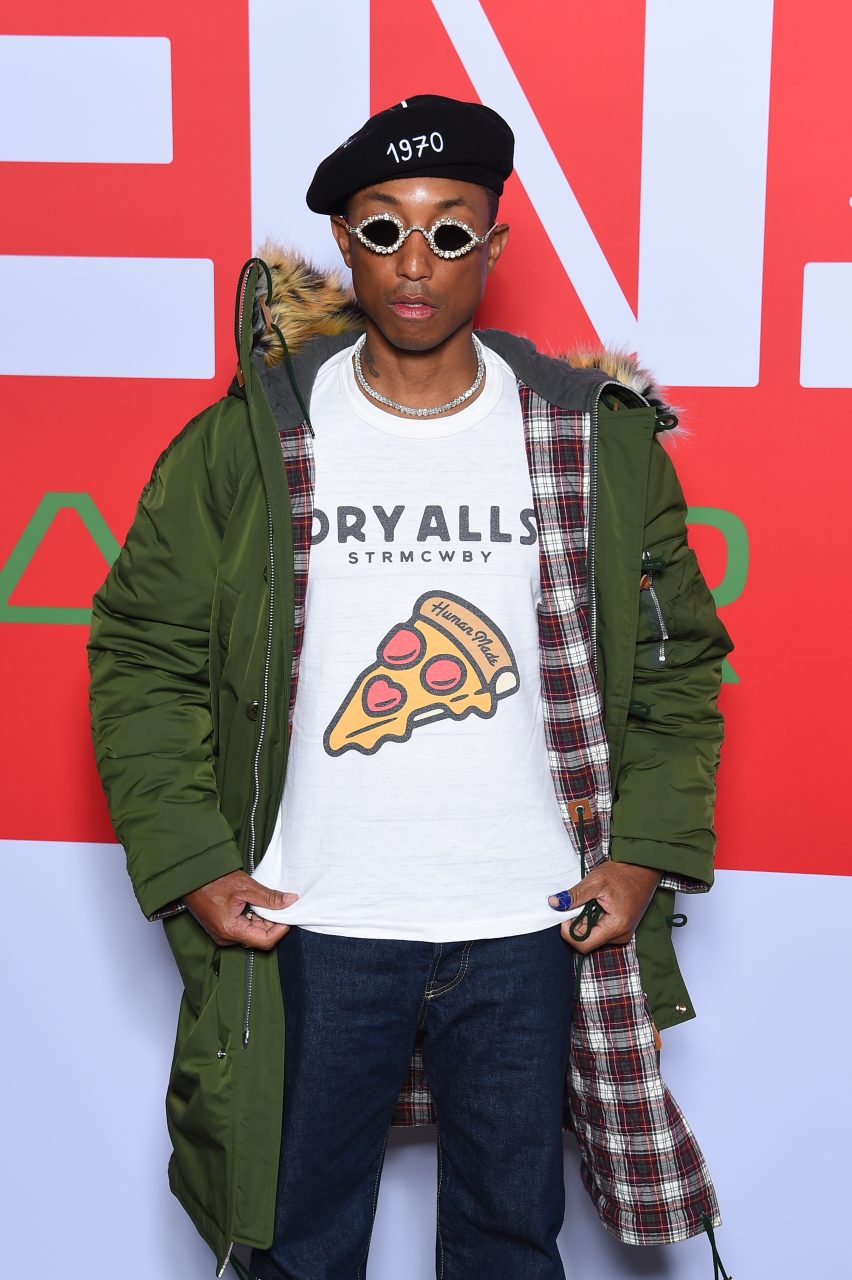
January 23, 2022 Pharrell Williams attending the Kenzo Fall/Winter 2022/2023 show as part of Paris Fashion Week
Photo: Stephane Cardinale - Corbis/Corbis via Getty Images
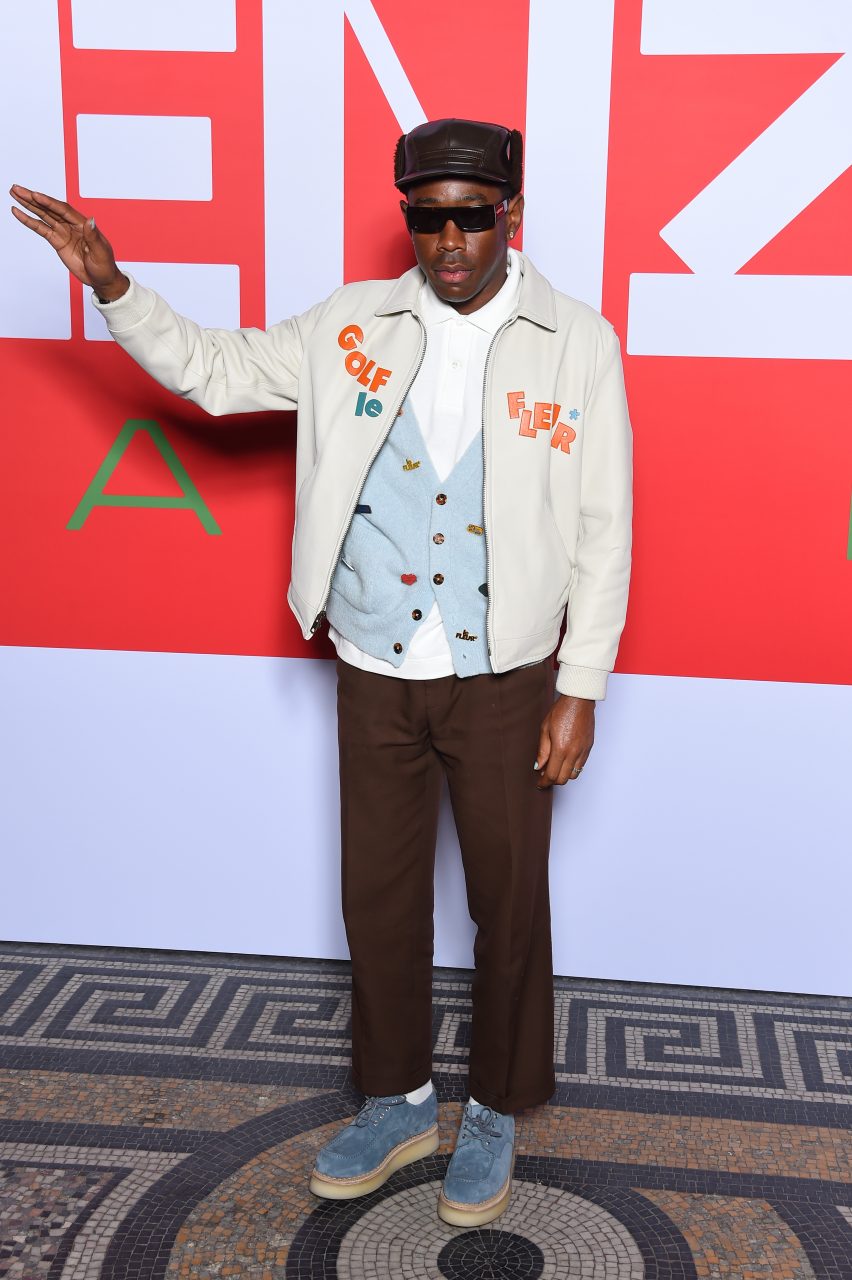
January 23, 2022 Tyler The Creator attends the Kenzo Fall/Winter 2022/2023 show as part of Paris Fashion Week
Photo: Stephane Cardinale - Corbis/Corbis via Getty Images
Editor
Anders Christian MadsenCredit
Lead Image: Filippo Fior / Gorunway.com





